For good reason, inflammation seems to be a hot topic these days. This is largely because after decades of research, wellness professionals are unveiling how systemic and extensive the effects of inflammation are on our health.
Now, let’s start off with a simple experiment. When you hear the word “inflammation” what immediately comes to mind? It is likely that most of our thoughts are directed to visible symptoms such as swelling or redness. Because of this connection that we draw between inflammation and visible symptoms, most know that whether dealing with an injured knee, sore throat, or even a pimple, inflammation is to blame.
However, what is still less commonly known, is that several other chronic health issues such as gastrointestinal issues, heart disease, various cancers, diabetes, respiratory diseases and neurological diseases are related to inflammation as well. In these cases, targeting inflammation as the culprit is often overlooked. This is primarily because there is often no display of the obvious physical symptoms that we most commonly associate with inflammation.
Here is where the important distinction between the two main types of inflammation, acute and chronic, comes into play. The most regularly perceived symptoms of inflammation (swelling, redness, pain or fever), usually result from acute inflammation. This typically occurs as a response to damaged tissues or the release of microbes in the body. The process of this type of inflammation intensifies quickly, persists for a few days, and is characterized by obvious symptoms.
Chronic inflammation, on the other hand, is much more subtle from an observational standpoint, which can be deceiving. This type of inflammation begins slowly and lasts for extended periods of many months to years. Though the effects may be less apparent physically, chronic inflammation has profound effects on our health and can often be measured by chemical markers. Also, signs are presented through a range of symptoms such as general body pain, fatigue, insomnia, mood disorders, gastrointestinal issues, weight fluctuations, and recurrent infections.
Many genetic, environmental and lifestyle factors such as high levels of stress, a poor diet, exposure to industrial chemicals, pollutants and more contribute to the onset of chronic inflammation. Though in some cases, anti-inflammatory drugs may be deemed necessary, it has been found that this type of inflammation can be substantially kept in check by simply modifying lifestyle habits.
These changes are not only useful for reducing existing inflammation, but are also critical for its prevention. Especially since inflammation is naturally exacerbated by aging, the earlier on these changes are adapted, the better our chances are of successfully protecting our health. So, let’s be informed and prepare ourselves, starting right now.
When is inflammation harmful?
Have you ever heard the phrase, “too much of a good thing?” Well, inflammation fits this expression perfectly, as it is a classic example of how something may be beneficial in moderation but harmful in excess.
Inflammation is an important part of the body’s defense mechanism, as it activates the immune system. Through the release of certain chemical markers, inflammation triggers the immune system to defend against foreign pathogens and begin repairing processes.
Acute inflammation is localized to indicate where the problem exists within the body. Typically, the process of this type of inflammation involves increased blood flow and the release of certain chemicals that recruit immune cells, such as neutrophils, to the site of the problem. After the immune system has deployed its defenses and the body has healed, the inflammation should dissipate.
In the case of chronic inflammation, the body continues to undergo the process associated with acute inflammation despite there being no need for an inflammatory response. Therefore, unlike acute inflammation, chronic inflammation does not serve a helpful purpose in the body and is ultimately detrimental.  With this type of long-term inflammation, the short-lived neutrophils are eventually replaced by macrophages and lymphocytes. These types of inflammatory cells release growth factors, enzymes and a group of proteins known as cytokines.
With this type of long-term inflammation, the short-lived neutrophils are eventually replaced by macrophages and lymphocytes. These types of inflammatory cells release growth factors, enzymes and a group of proteins known as cytokines.
Research has shown that elevated levels of proinflammatory cytokines may in part be responsible for causing a whole range of chronic inflammatory issues such as cardiovascular disease, Type II diabetes, arthritis, osteoporosis, Alzheimer’s disease, and general frailty. Additionally, scientific findings have linked prolonged inflammation to most cancers, as it has been found that inflammation affects tumor progression and metastases.
Overall, it’s important to remember that the concept of inflammation is not inherently bad. In fact, as an integral component of our immune system, it’s quite necessary for us to stay healthy. It only becomes problematic when it lingers unnecessarily for extended periods of time wreaking havoc on our bodies. Hence, “too much of a good thing.”
What causes chronic inflammation?
Overall, chronic inflammation can result from untreated acute inflammation, aging, low hormone levels, autoimmune disorders, and long term exposure to internal or external toxins.
One instance in which acute inflammation may lead to chronic inflammation is when certain parasites, fungi, or other harmful organisms invade the body. These particular invaders find a way to combat the body’s defenses, thereby continuing to activate an inflammatory response.
In the case of autoimmune disorders, often the immune system mistakes a normal component in the body as a foreign substance and therefore attacks healthy tissue, resulting in chronic inflammatory diseases such as rheumatoid arthritis.
Though perhaps the previously mentioned causes may seem somewhat out of our control, there are many instances in which chronic inflammation results from lifestyle-related factors. Aspects such as stress, a poor diet, obesity, smoking, and lack of exercise have all been tied to the onset of chronic inflammatory diseases.
Research has shown that these lifestyle factors are positively correlated with high levels of inflammatory molecules. For example, it has been found that both physical and emotional types of stress are associated with the release of proinflammatory cytokines. On top of that, the inflammatory effects of stress are exacerbated by the fact that it is so commonly linked to sleep disorders. Therefore, people that have erratic sleep patterns are more prone to chronic inflammation than those who have consistent sleep schedules.
Scientific findings also report that a diet high in saturated fat, trans-fat or refined sugar makes individuals more susceptible to inflammation, as these substances are associated with the production of proinflammatory molecules. This is especially problematic for obese or diabetic individuals.
Several studies have found that in the case of obesity, fat tissue secretes inflammatory mediators such as adipokines. In fact, it has been suggested that one’s body mass index is proportional to the quantity of pro-inflammatory cytokines secreted in the body.
Especially, in the current climate where industrial chemicals are inescapable, pollutants infiltrate the air, and most have a diet-rich in saturated fats and carbohydrates, we have become much more susceptible to proinflammatory factors. This would explain the shocking data suggesting the increasing prevalence of chronic inflammatory diseases.
In fact, The World Health Organization (WHO) ranks chronic diseases as the greatest threat to human health. In the year 2000, around 125 million Americans were living with chronic conditions. And unfortunately, the numbers appear to be trending upward. Globally, 2 out of 5 people die because of chronic inflammatory diseases such as heart disorders, cancer, obesity, diabetes, and respiratory diseases. In other words, the prevalence of chronic diseases has become a health care crisis.
Though this data may certainly be staggering, the good news is that now that the knowledge is out there, we can act accordingly. While we may not be able to prevent all of the diseases that result from chronic inflammation, let’s reclaim control wherever we can. By adapting certain lifestyle habits, we have the ability to actively protect ourselves against many chronic inflammatory diseases.
How to prevent and treat chronic inflammation?
The general protocol for the treatment of inflammation in Western medicine typically includes taking either a prescription or over the counter drug. And while these medications may in fact provide some relief for patients, they often impose financial burdens and may cause other health issues because of the many side effects.
Thankfully, scientific findings have found that just as lifestyle factors cause chronic inflammation, simple lifestyle alterations can both prevent and treat it. So what can we do? Changes to diet, exercising more, sleeping longer, enduring less stress, and minimizing the intake of antibiotics all hold the potential to transform our lives and minimize our experiences with chronic inflammation.
The best part is that most of these changes are accessible to everyone and do not come with a price tag or long list of potentially harmful effects. Moreover, research has shown that these mere lifestyle adaptations are often equally if not more effective than the option of medications.
Let’s begin by examining why exercise is so important. Studies have shown that systemic inflammation is caused in part by fat tissue in obese or overweight individuals. By simply ensuring that you are exercising enough and maintaining a healthy body composition, you can protect your body from this unhealthy excessive tissue.
Also, exercising strengthens the heart, muscles, and bones and therefore will condition your body to defend against inflammation that you may experience. The key is plain and simple, healthy movement. Even taking a leisurely 30 minute walk can make a huge difference for your health.
Another easy lifestyle change to implement is sleeping longer. Doesn’t that sound nice? Research has shown that sleep is crucial for stimulating important growth hormones and testosterone production. Because inadequate hormone levels are linked to proinflammatory markers, it is essential that we allow our bodies the time and rest to replenish these hormone levels.
Additionally, by reducing our stress levels we can protect our bodies. It has been reported that stress could lead to the onset of chronic inflammation, as high stress levels cause the body to lose its ability to regulate the inflammatory response. By incorporating destressing practices such as yoga and meditation into our lives, we can diminish our stress levels and the detrimental effects of excessive inflammation on our bodies.
On another note, our control over what we put into our bodies is also a powerful defense against chronic inflammation. Avoiding, when possible, our use of antibiotics, antacids, and nonsteroidal anti-inflammatory drugs (NSIDs) is important, as these substances have been shown to damage the gut microbiome. This harm leads to intestinal inflammation, known as leaky gut. This ultimately causes the internal release of toxins and induces chronic inflammation throughout the body.
Lastly and perhaps most importantly, food plays a critical role in both the prevention and treatment of chronic inflammation. Dr. Mark Hyman, director of the Cleveland Clinic Center for Functional Medicine and bestselling author, said it best: “Every bite you take is a powerful opportunity to create health or promote disease” (Hyman, 2018). Since antiquity, food has been used as medicine as a safe, inexpensive, and sustainable way to transform health.
How to follow an anti-inflammatory diet?
Ongoing research has shed much light on how impactful food is for disease prevention and the promotion of our general wellbeing. In terms of inflammation, we now have an idea of which foods to incorporate into our daily diets and which are best to avoid.
Diets with a high glycemic index are associated with an increased risk of stroke, coronary heart disease, and Type II diabetes. Therefore, it is important to limit consuming foods that are high in refined carbohydrates and sugars.
Additionally, while omega-3 polyunsaturated fats are known to be anti-inflammatory, other types of fats, such as saturated and synthetic trans-fats, appear to worsen inflammation. We need to caution processed foods such as baked goods that are made with these types of fats.
Another food group to be weary of is dairy. A systematic review of approximately 80,000 children, adolescents and young adults, found that the consumption of dairy products including milk and yogurt were linked to a higher probability of developing acne, an inflammatory condition. Researchers have suggested that the inflammatory properties of dairy may be attributed to its saturated fat content, yet additional research needs to be done to confirm this connection.
Now that we have an idea of which types of foods not to integrate into our diet, let’s discuss the fun part: the many foods we should eat! It has been found that consuming whole, unprocessed foods gives us the best shot at defending against inflammation. This particularly includes whole grains, nuts, fatty fish, green and black tea, fruits and vegetables.
As for fruits and vegetables, many are rich in natural antioxidants, polyphenols and other anti-inflammatory properties.  Some examples of foods to include in your diet include kale, blueberries, apples, Brussels sprouts, cabbage, broccoli, and cauliflower. One anti-inflammatory fruit which research has highlighted is cherries. Studies have shown that in patients with gout, cherries and cherry juice may inhibit IL-1, a group of cytokines involved in the inflammatory response.
Some examples of foods to include in your diet include kale, blueberries, apples, Brussels sprouts, cabbage, broccoli, and cauliflower. One anti-inflammatory fruit which research has highlighted is cherries. Studies have shown that in patients with gout, cherries and cherry juice may inhibit IL-1, a group of cytokines involved in the inflammatory response.
Another important component of any anti-inflammatory diet is fiber. A high intake of dietary fiber, both soluble and insoluble, is linked to lowering levels of inflammatory markers such as IL-6 and TNF-alpha.
Though diet alone can have a tremendous impact on inflammation levels, there are additionally certain supplements and micronutrients which are particularly anti-inflammatory. Studies have shown that herbal supplements such as ginger and turmeric have anti-inflammatory benefits.
Research on curcumin, a constituent of turmeric, has found it to be useful in the improvement of many inflammatory-related conditions. For example, in an animal study from 2007, scientists concluded that curcumin can “overpower” cytokines (Reyes-Gordillo et al., 2007). Additionally, an in-vitro study from 2005, reported that compared to nonsteroidal anti-inflammatory medications, such as aspirin, ginger may be even more effective at decreasing inflammation (Grzanna et. al, 2005).
Another supplement that is often a part of an anti-inflammatory regimen is fish oil. The benefits of fish oil are attributed to its high concentration of omega-3 fatty acids which are linked to lowering levels of many proinflammatory markers such as TNF-alpha, CRP, and IL-6. Similarly, magnesium has been shown to lower these same markers.
Additionally, vitamin D, vitamin E, zinc and selenium have all been found to possess anti-inflammatory properties. Research shows that the anti-inflammatory effects of vitamin D are attributed to its ability to suppress various inflammatory mediators. Vitamin E, zinc, and selenium function as antioxidants protecting the body from inflammation.
Overall, through lifestyle and dietary alterations, we have the ability to defeat the chronic inflammatory disease epidemic. By staying current on research and making adaptations to our lifestyles, we can both prevent and treat the sneaky, often unseen, effects of chronic inflammation.
Sources:
Pahwa, Roma, et al. “Chronic Inflammation.” StatPearls [Internet]., U.S. National Library of Medicine, 4 July 2020, www.ncbi.nlm.nih.gov/books/NBK493173/.
Kiecolt-Glaser, Janice K., et al. “Stress, Inflammation, and Yoga Practice.” Psychosomatic Medicine, vol. 72, no. 2, 2010, pp. 113–121., doi:10.1097/psy.0b013e3181cb9377.
“Ending Food Confusion, Fear, and Insecurity .” Food: What the Heck Should I Eat?, by Mark Hyman, Little, Brown and Company, 2018, p. 7.
Juhl, Christian R et al. “Dairy Intake and Acne Vulgaris: A Systematic Review and Meta-Analysis of 78,529 Children, Adolescents, and Young Adults.” Nutrients vol. 10,8 1049. 9 Aug. 2018, doi:10.3390/nu10081049
Reyes-Gordillo K, Segovia J, Shibayama M, Vergara P, Moreno MG, Muriel P. Curcumin protects against acute liver damage in the rat by inhibiting NF-kappaB, proinflammatory cytokines production and oxidative stress. Biochimica et Biophysica Acta 2007 1770(6):989-96. doi:10.1016/j.bbagen.2007.02.004
Grzanna R, Lindmark L, Frondoza CG. Ginger--an herbal medicinal product with broad anti-inflammatory actions. Journal of Medicinal Food. 2005 8(2):125-32. doi:10.1089/jmf.2005.8.125

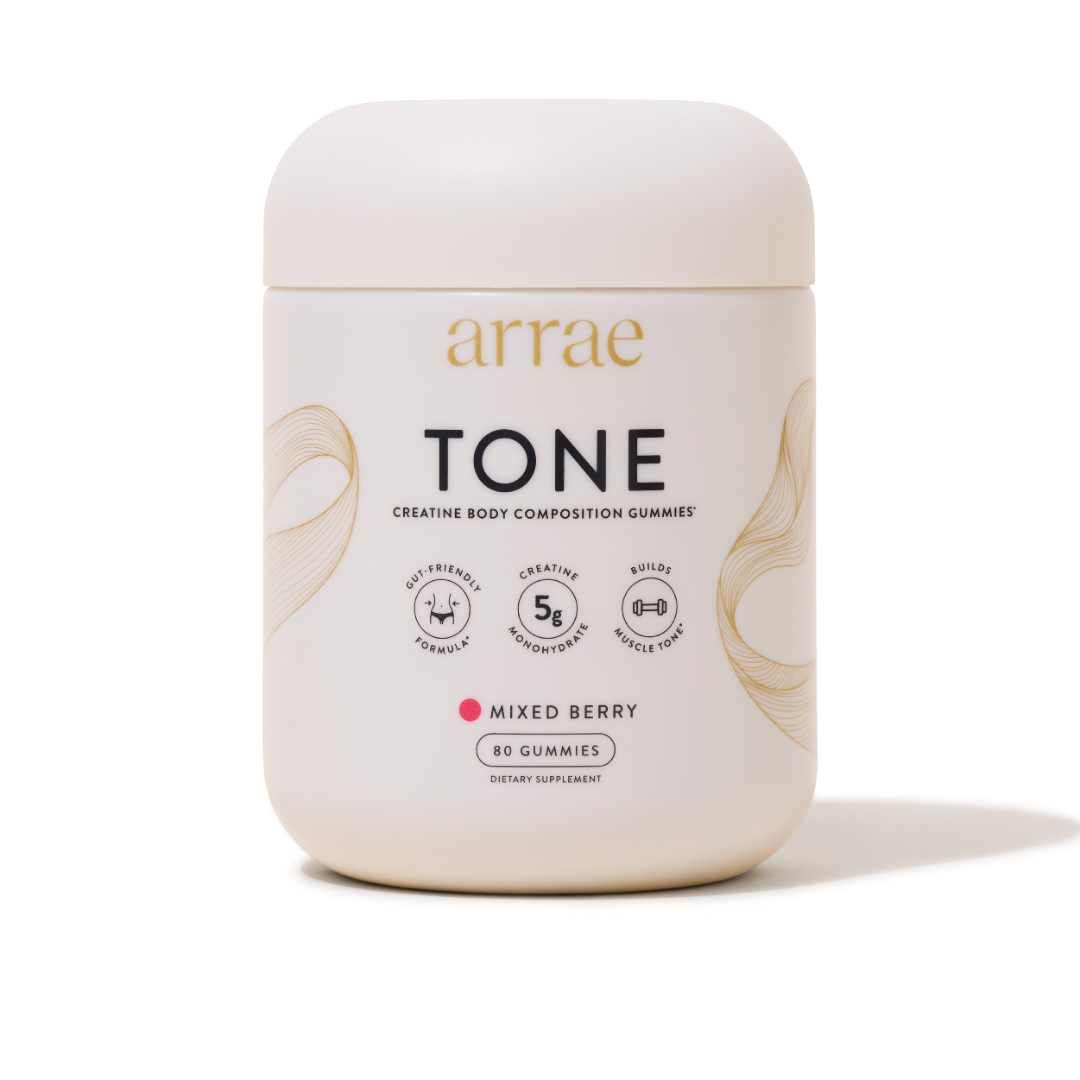
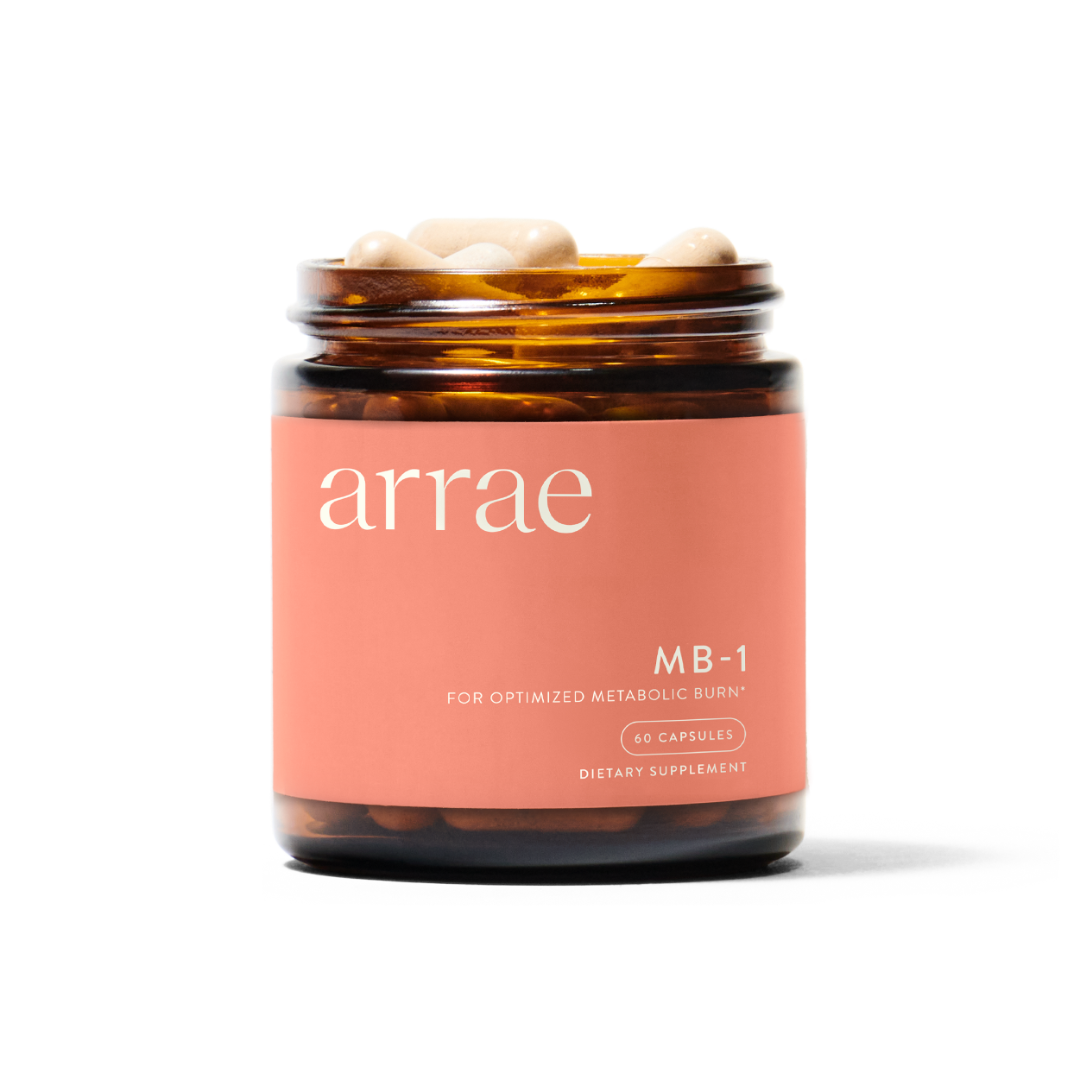
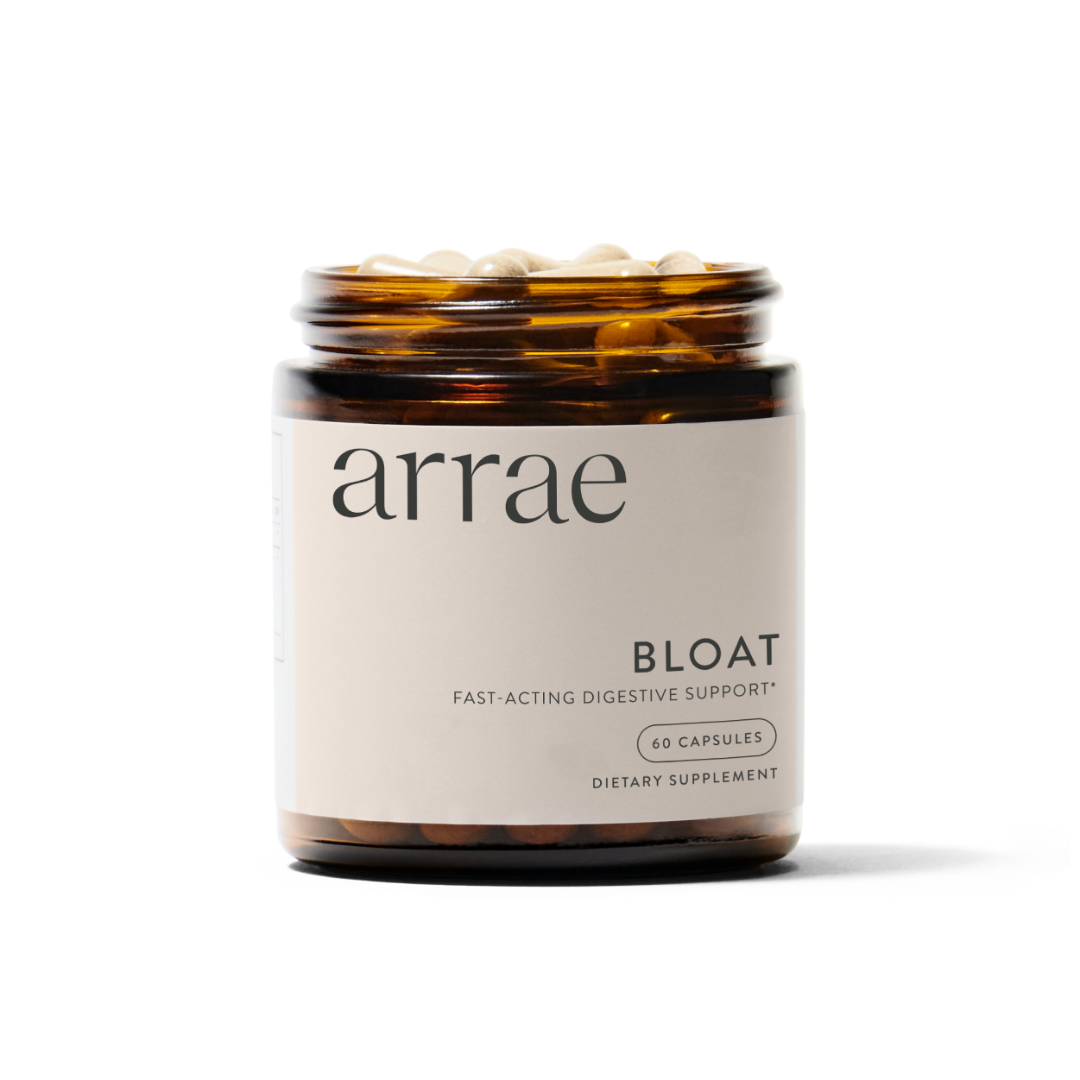
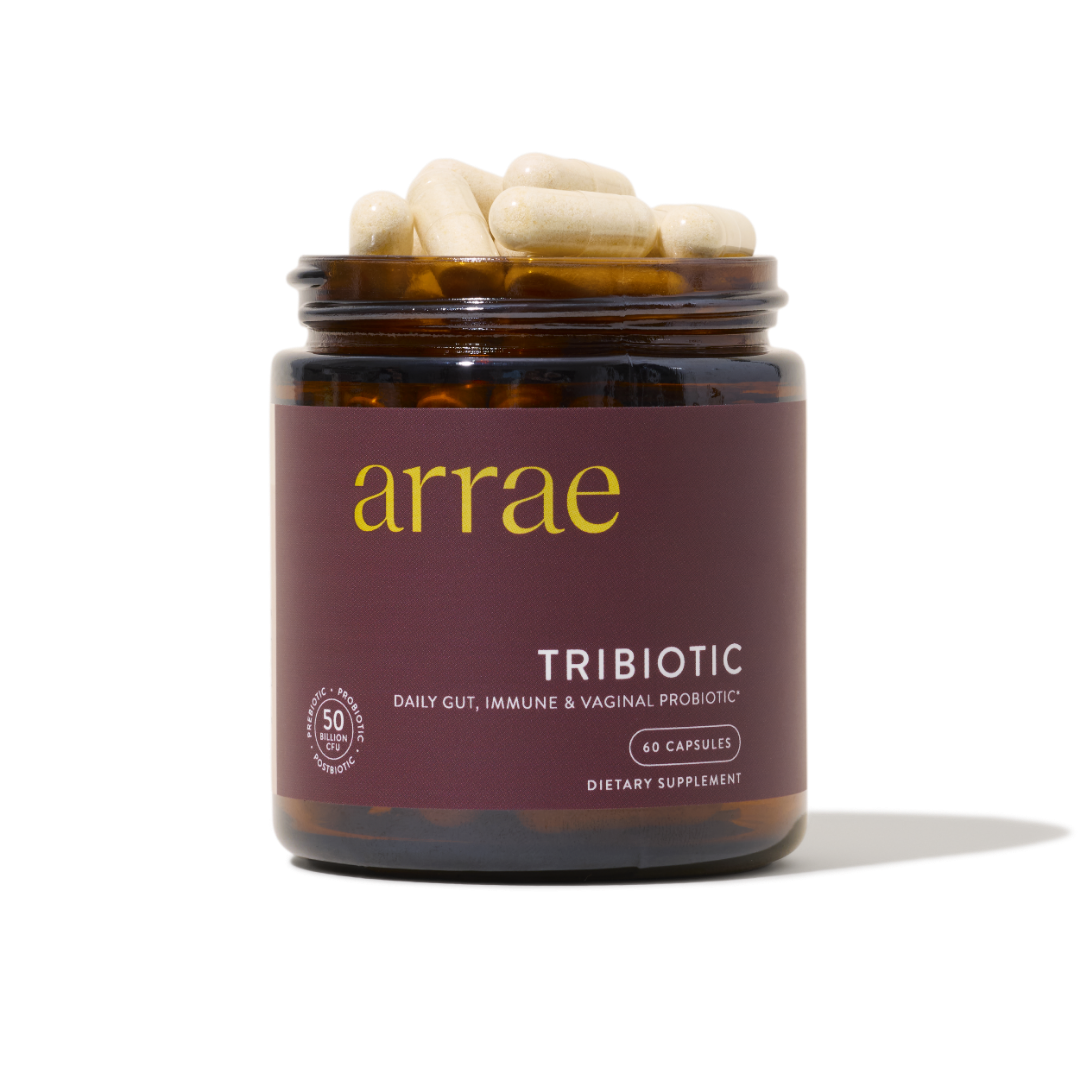


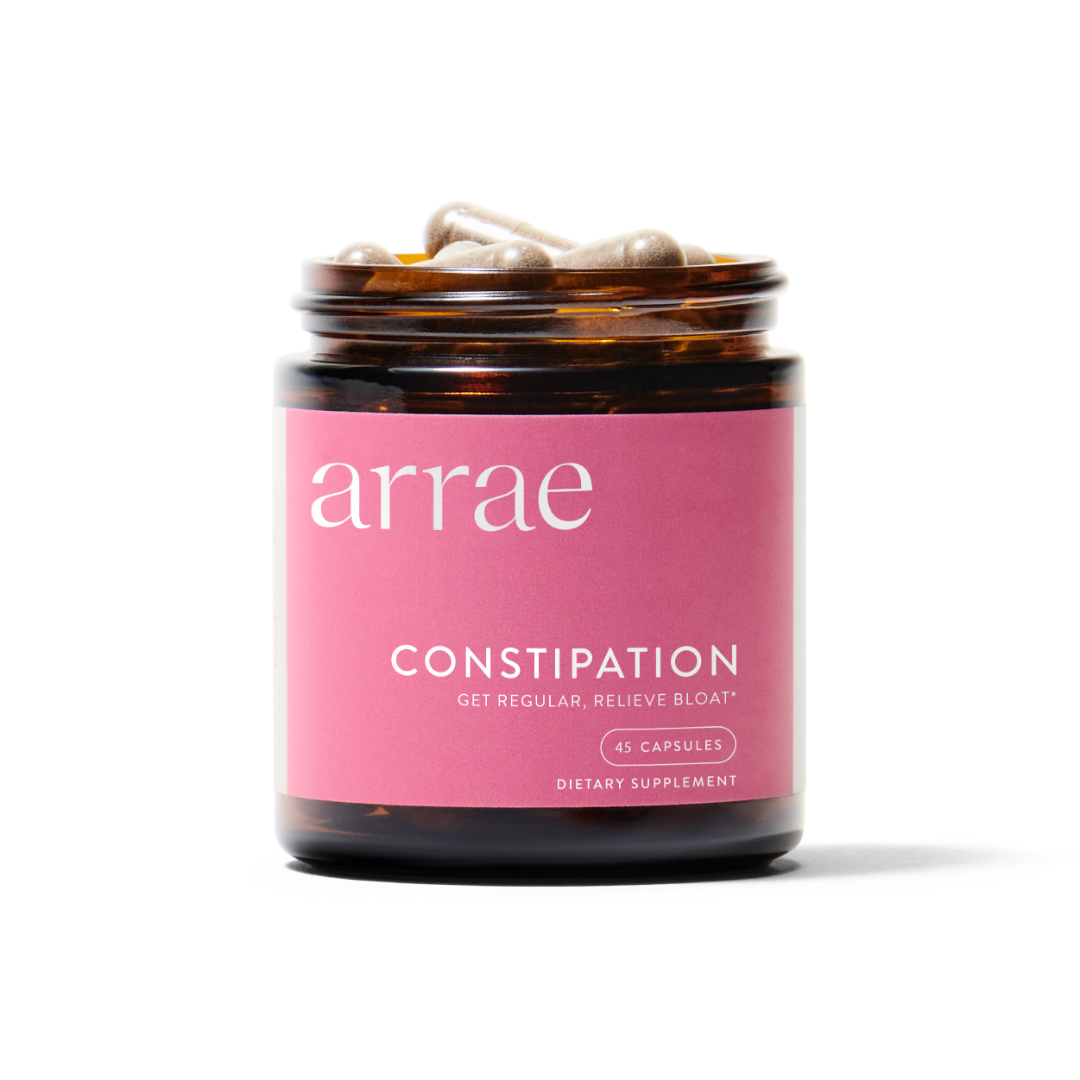
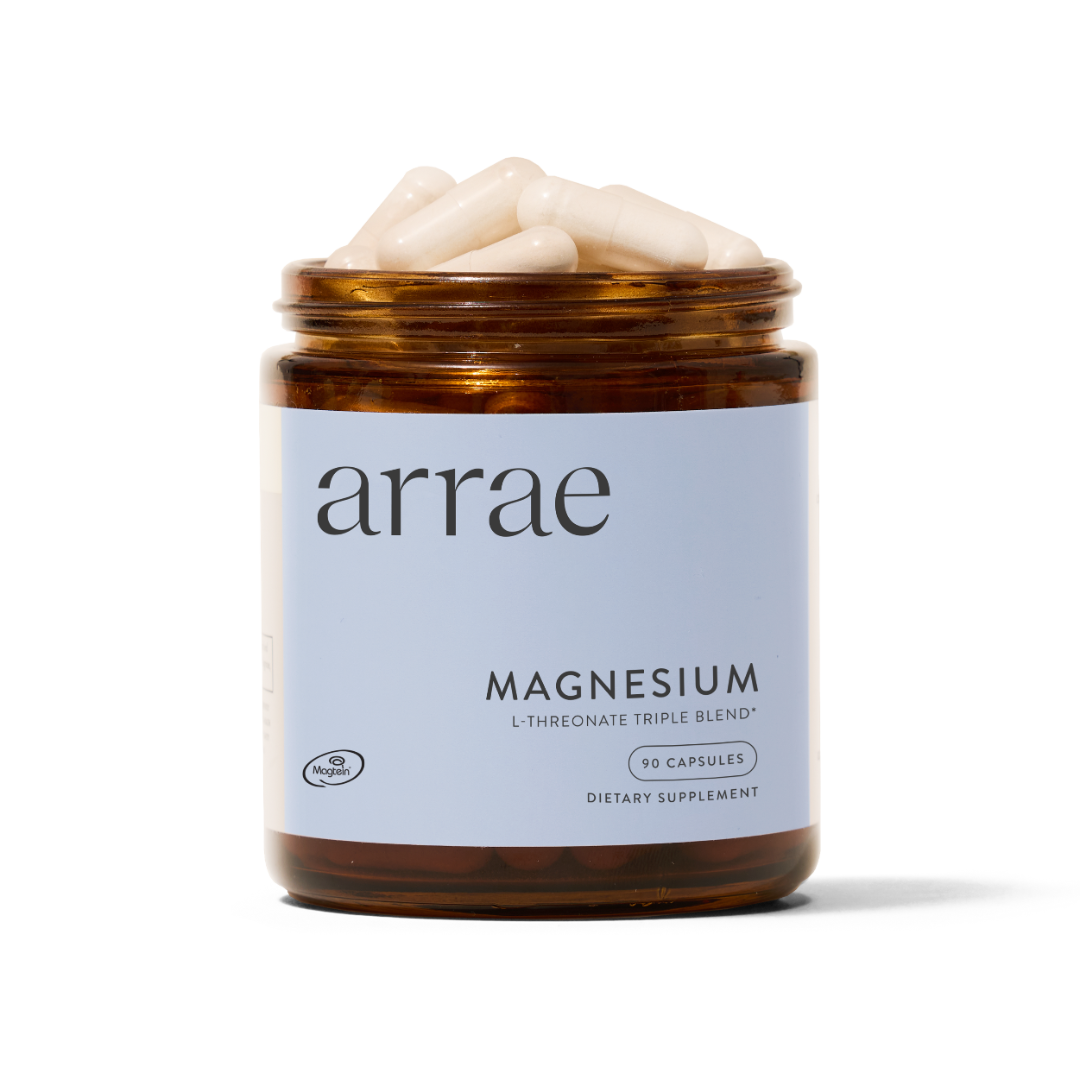
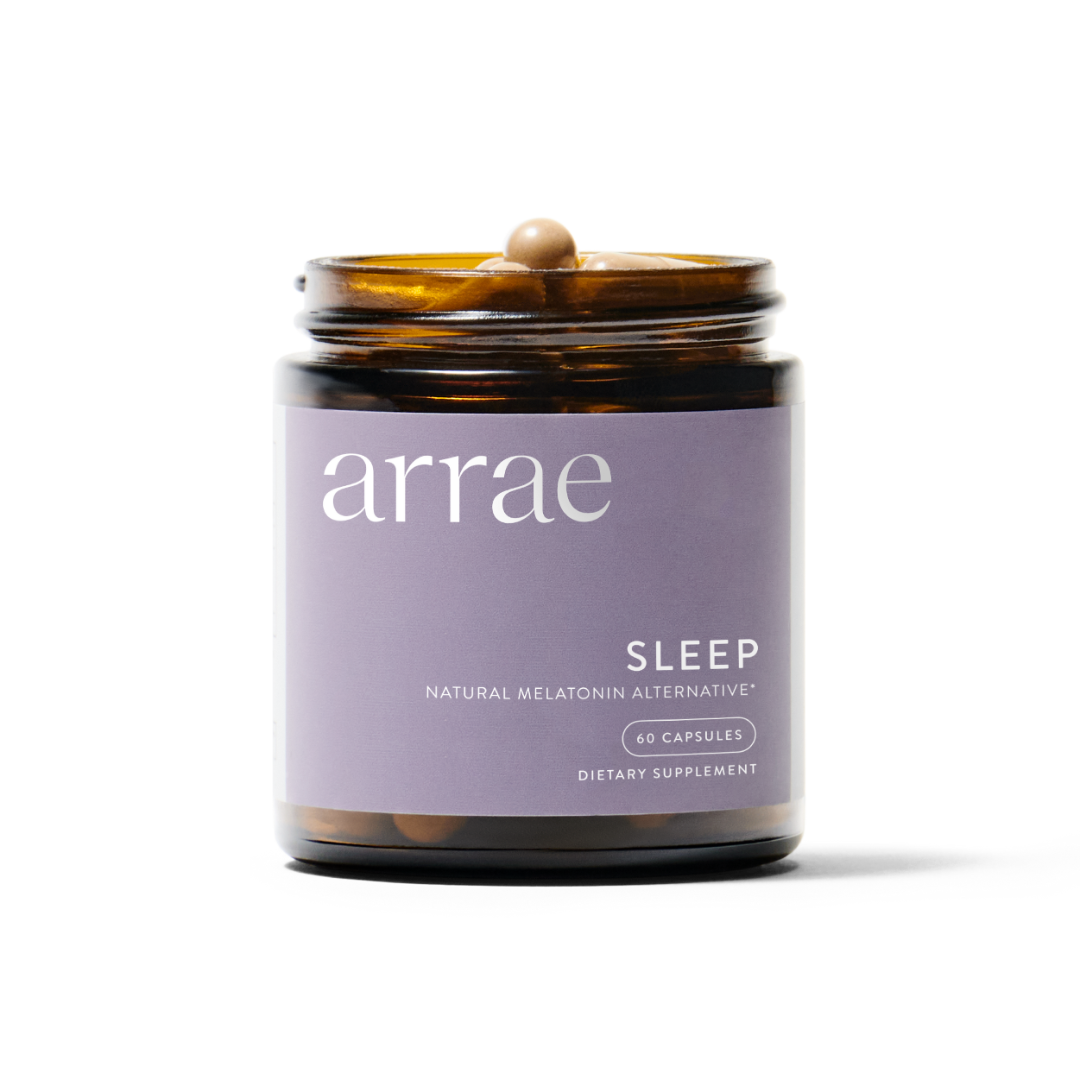
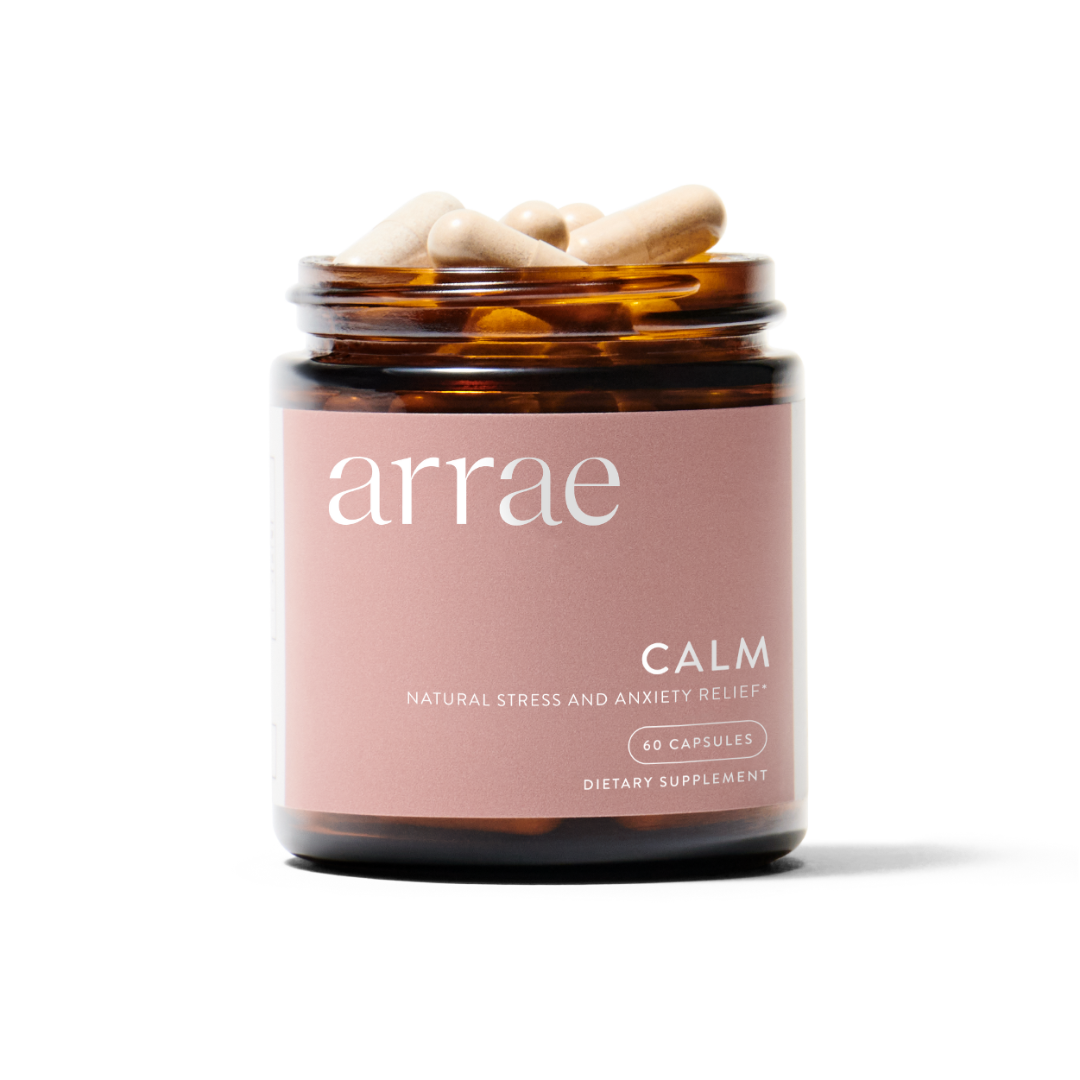


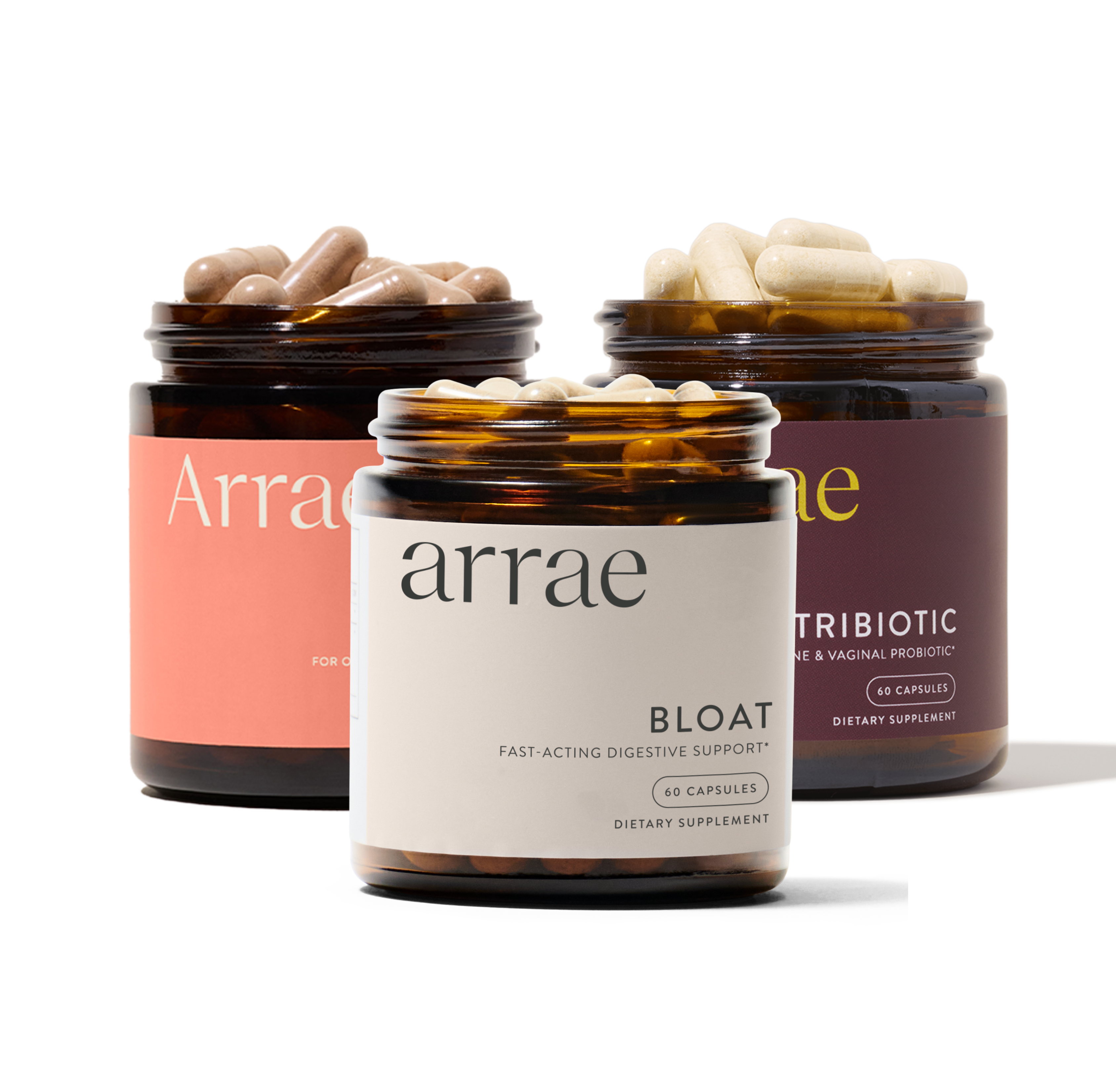
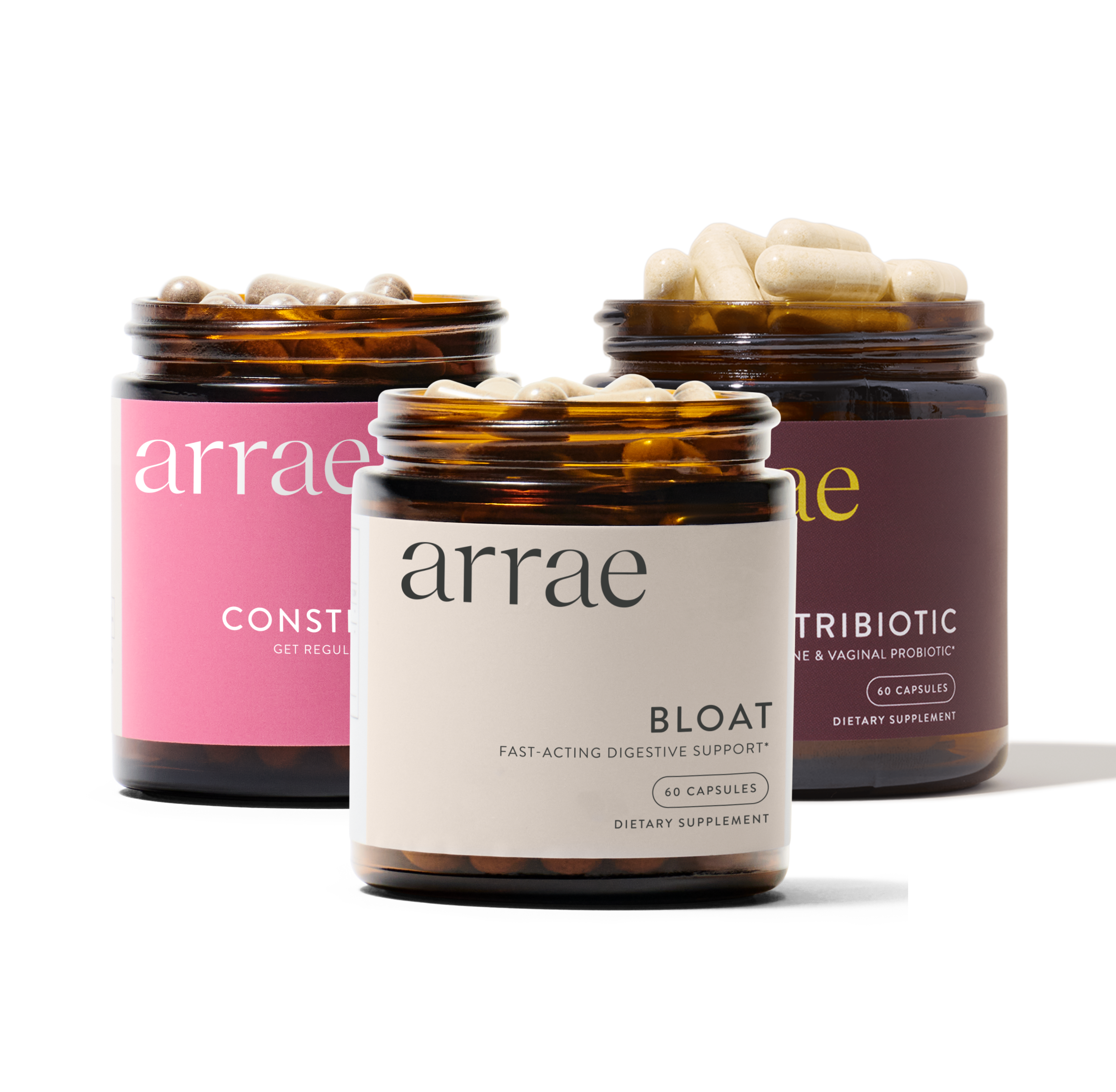









 Instagram
Instagram TikTok
TikTok Youtube
Youtube Facebook
Facebook Email
Email